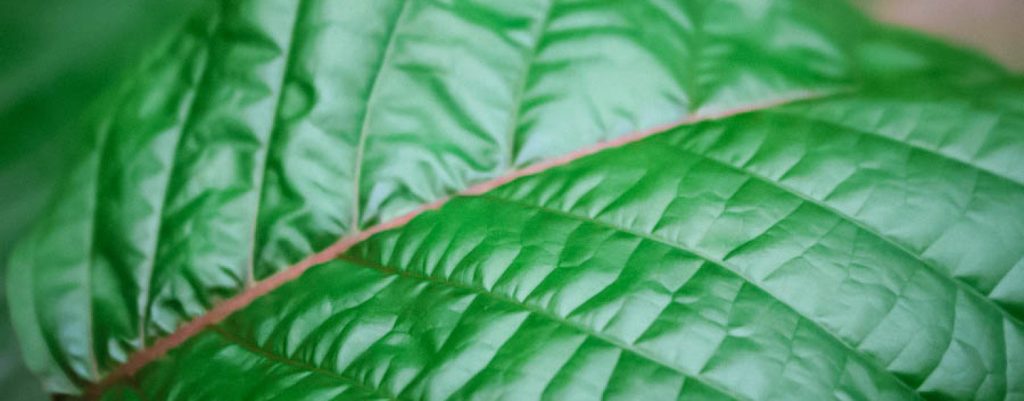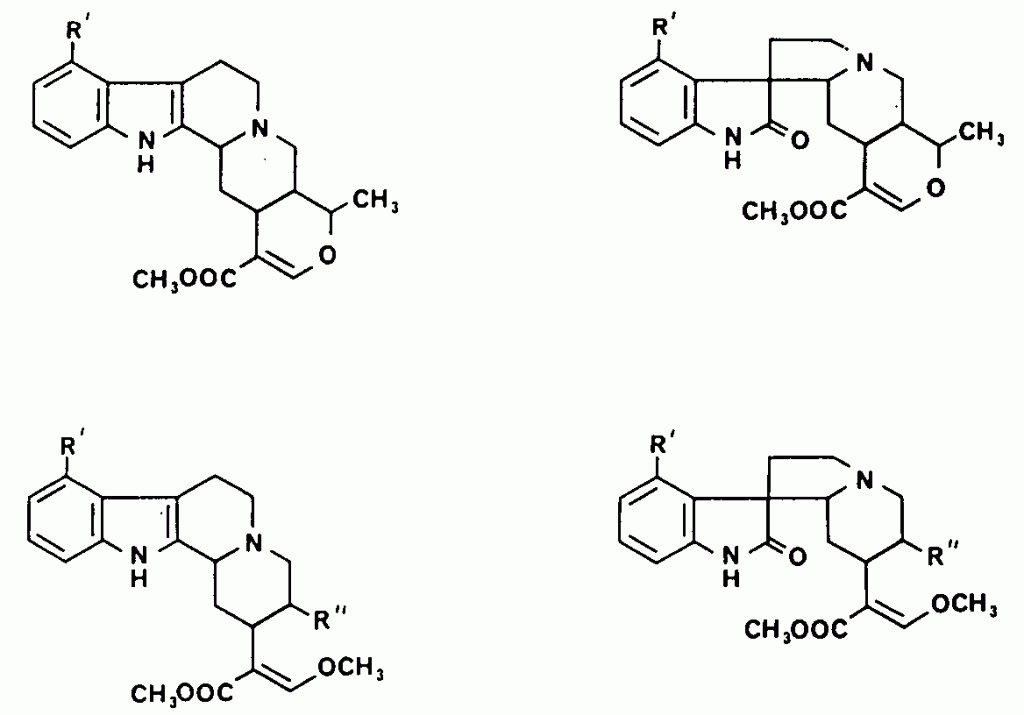
One of the most unique characteristics of Kratom is that it can have various effects, depending on its different strains. This is due to the fact that Kratom contains a number of different alkaloids, the effects of which vary depending on the dose range.
There have been studies showing that the alkaloids found in Kratom differ according to their location (since the soil is different in different places in the world), their harvest periods and their monthly growth, which shows that there are certainly quite a lot of different types of the same plant. Ergo, the effects of those alkaloids are diverse as well. Moreover, due to the lack of scientific studies, Kratom is thought to have a number of alkaloids that are yet to be discovered and studied in detail. That being said, there are still a lot of those the effects of which are known, so take a look at what they are, as well as what properties they have.
What Exactly Are Alkaloids?
Alkaloids are chemical compounds that are commonly found in plants and they mostly contain basic organic nitrogen atoms. They can have various physiological effects on humans and can improve a number of biological functions. Many alkaloids have analgesic properties and are used for many medicinal purposes, which is exactly why Kratom has a high medicinal value and has been used for centuries for the treatment of many serious diseases.
Kratom Alkaloids and Their Properties

Here is an alphabetical list of all the known alkaloids found in a typical Kratom plant and all of the properties each one of them has:
- Ajmalicine (also known as Raubasine) – This alkaloid is used as a muscle relaxant, a sedative, an anticonvulsant, and an anti-coagulant. It also has antiaggregant, anti-adrenergic and cerebro circulant properties and it can be used to reduce aggression.
- Ciliaphylline – This alkaloid has analgesic and antitussive properties and it constitutes less than 1% of all the alkaloids found in a Kratom leaf.
- Corynantheidine – This is known to be an opioid agonist and it constitutes less than 1% of the total amount of alkaloids in Kratom leaves.
- Corynoxeine – This alkaloid is known to work as an efficient calcium channel blocker and it is another alkaloid that constitutes less than 1% of all the alkaloids found in one Kratom leaf.
- Corynoxine (A and B) – This one is known for being a dopamine that aids in smoothing anti-locomotives and it constitutes less than 1% of the total alkaloid contents found in a Kratom leaf as well.
- Epicatechin – This is a very efficient alkaloid that serves multiple purposes. It has a number of properties, including antioxidant, anti-inflammatory, anti aggregant, antileukemic, anti-hepatitic, antiviral, antibacterial, antimutagenic, antiperoxidant and antidiabetic. It also potentially helps prevent cancer.
- 9-Hydroxycorynantheidine – Just as the alkaloid Corynantheidine, this one works as an opioid agonist.
- 7-Hydroxymitragynine – This indole alkaloid is the most potent one of all of those found in Kratom leaf and it is calculated that it is 17 times stronger than morphine. It is the main psychoactive in Kratom and has analgesic, antitussive and antidiarrheal properties. It constitutes about 2% of the total alkaloid contents in Kratom leaves.
- Isopteropodine – This alkaloid can help stimulate the immune system to work more efficiently.
- Isomitraphylline – This is also known to be an immunostimulant, as well as an antileukemic alkaloid.
- Isorhynchophylline – This is another alkaloid that stimulates the immune system and it constitutes less
than 1% of the total amount of alkaloids in a Kratom leaf. - Mitraphylline – This alkaloid is a muscle relaxant and vasodilator, as well as an efficient diuretic. It also has anti-amnesic and antihypertensive properties and it stimulates the immune system.
- Mitragynine – This is an active alkaloid that constitutes the majority of the entire alkaloid contents in Kratom (about 66%). It is an indole alkaloid that serves as an excellent painkiller and has antimalarial, anti diarrheal, anti adrenergic and antitussive properties. It can also possibly serve as a psychedelic (5-HT2A) agonist.
- Paynantheine – This indole alkaloid is another great muscle relaxant and it constitutes 8.6% to 9% of the entire alkaloid contents in a Kratom leaf.
- Rhynchophylline – This alkaloid has antipyretic, anti-hypertensive, anti-inflammatory, anti-arrhythmic and anti aggregant properties. It also serves as a calcium channel blocker, vasodilator and antithelmintic (or anthelmintic), and it constitutes less than 1% of all the alkaloids found in a Kratom leaf.
- Speciociliatine – This is a weak opioid agonist and it constitutes 0.8% to 1% of the entire alkaloid content in Kratom leaf.
- Speciogynine – This alkaloid is a smooth muscle relaxant the effects of which are amplified when mixed with the Payantheine alkaloid.
- Speciophylline – This is an indole alkaloid that has antileukemic properties and constitutes less than 1% of all the alkaloids in a Kratom leaf.
- Tetrahydroalstonine – This alkaloid has hypoglycemic and anti adrenergic properties.
Despite the structure of the chemical compounds found in Kratom, this plant is much more than just a stimulant and an opioid-like substance. All of these alkaloids found in Kratom leaves have extraordinary health benefits when combined all together and they can greatly strengthen the immune system, improve sleep, relieve pain, boost energy and help relieve opiate withdrawal, as well as treat anxiety, depression, diabetes and many other diseases.

Permalink
Permalink
Permalink
Permalink
Permalink
Permalink